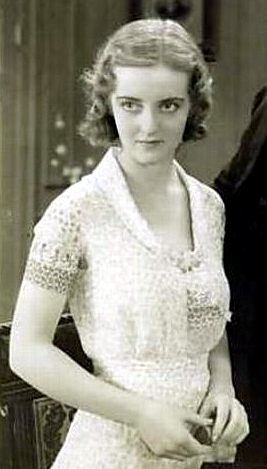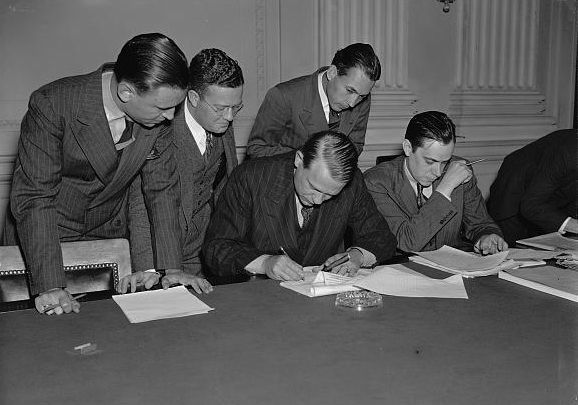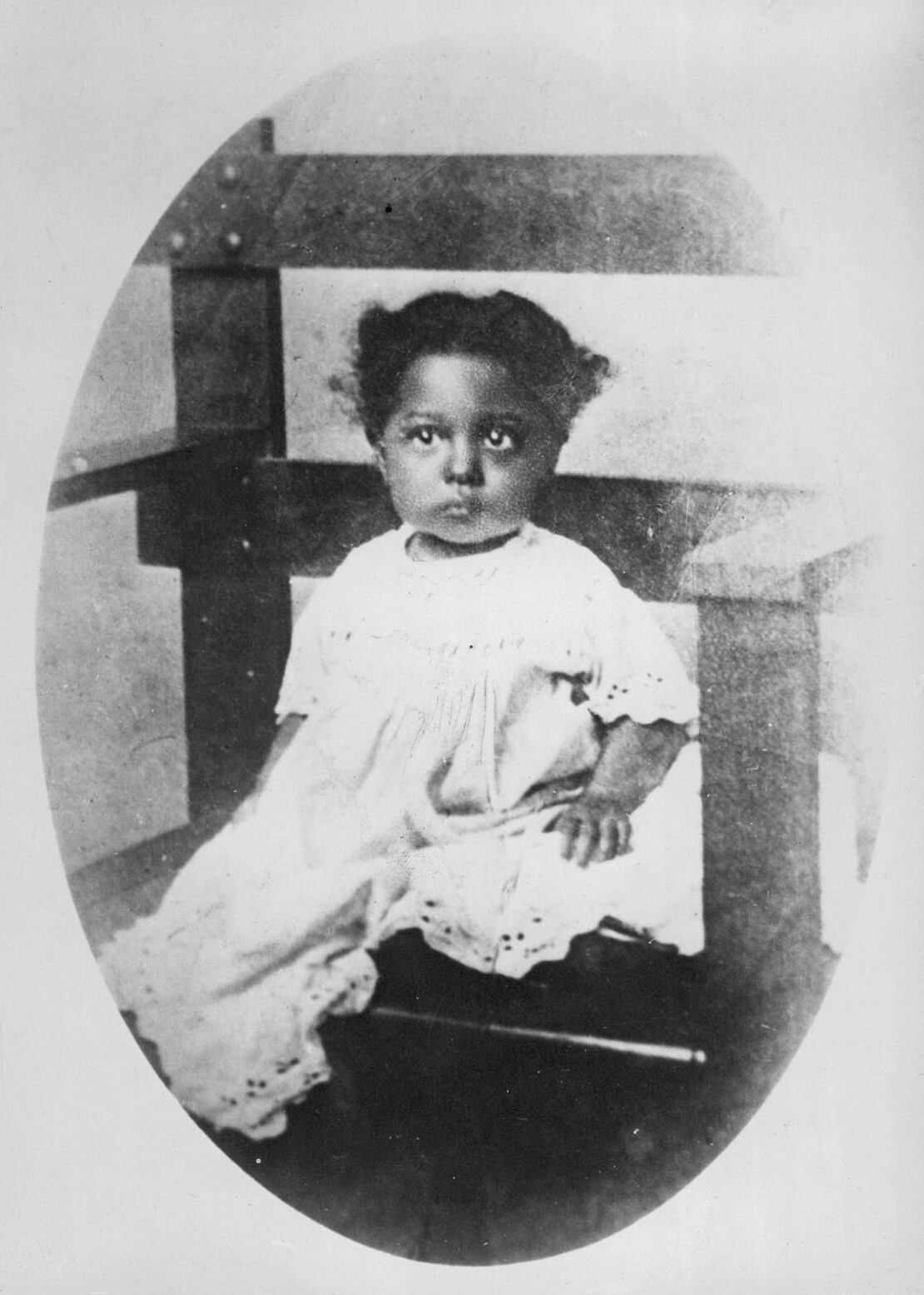|
Stella Bloch
Stella Bloch (December 18, 1897 – January 20, 1999) was an American artist, dancer and journalist. She headlined as a dancer in Rochester, New York. She also worked as an artist and her work is in several collections. Life Bloch was born in Tarnau, Galicia & Lodomeria, Austria-Hungary (now Tarnów, Poland) because her mother, Charlotte, had returned from New York City to give birth on December 18, 1897. Her family was Jewish. Stella was brought up on East 54th Street in Manhattan with her mother; her aunt and uncle (Pauline and Bernard Offner), and her cousins, Richard and Mortimer Offner (both of whom died in 1965). left, Bloch in costume Bloch was said to have been the first student in America of Isadora Duncan's six dancers who were known as the '' Isadorables''.Guide to the St ... [...More Info...] [...Related Items...] OR: [Wikipedia] [Google] [Baidu] |
Tarnów
Tarnów () is a city in southeastern Poland with 105,922 inhabitants and a metropolitan area population of 269,000 inhabitants. The city is situated in the Lesser Poland Voivodeship since 1999. From 1975 to 1998, it was the capital of the Tarnów Voivodeship. It is a major rail junction, located on the strategic east–west connection from Lviv to Kraków, and two additional lines, one of which links the city with the Slovak border. Tarnów is known for its traditional Polish architecture, which was influenced by foreign cultures and foreigners that once lived in the area, most notably Jews, Germans and Austrians. The Old Town, featuring 16th century tenements, houses and defensive walls, has been preserved. Tarnów is also the warmest city of Poland, with the highest long-term mean annual temperature in the whole country. Companies headquartered in the city include Poland's largest chemical industry company Grupa Azoty and defence industry company ZMT. The city is currently ... [...More Info...] [...Related Items...] OR: [Wikipedia] [Google] [Baidu] |
Art Students League
The Art Students League of New York is an art school at American Fine Arts Society, 215 West 57th Street in Manhattan, New York City, New York. The League has historically been known for its broad appeal to both amateurs and professional artists. Although artists may study full-time, there have never been any degree programs or grades, and this informal attitude pervades the culture of the school. From the 19th century to the present, the League has counted among its attendees and instructors many historically important artists, and contributed to numerous influential schools and movements in the art world. The League also maintains a significant permanent collection of student and faculty work, and publishes an online journal of writing on art-related topics, called LINEA. The journal's name refers to the school's motto ''Nulla Dies Sine Linea'' or "No Day Without a Line", traditionally attributed to the Greek painter Apelles by the historian Pliny the Elder, who recorded that ... [...More Info...] [...Related Items...] OR: [Wikipedia] [Google] [Baidu] |
Black And Blue (musical)
''Black and Blue'' is a musical revue celebrating the black culture of dance and music in Paris between World War I and World War II. Based on an idea by Mel Howard and conceived by Hector Orezzoli and Claudio Segovia, it consists of songs by artists such as W. C. Handy, Louis Armstrong, Duke Ellington, Fats Waller, Eubie Blake, and Big Maybelle and skits peppered with bits of bawdy humor. Productions The revue was first presented at the Chatelet Theatre in Paris Paris () is the capital and most populous city of France, with an estimated population of 2,165,423 residents in 2019 in an area of more than 105 km² (41 sq mi), making it the 30th most densely populated city in the world in 2020. S ... in 1985. The revue included Sandra Reaves-Phillips. The Broadway theatre, Broadway production opened on January 26, 1989, at the Minskoff Theatre and closed on January 20, 1991, after 829 performances and 32 previews. Directed by Orezzoli and Segovia and choreographed by ... [...More Info...] [...Related Items...] OR: [Wikipedia] [Google] [Baidu] |
University Of California Press
The University of California Press, otherwise known as UC Press, is a publishing house associated with the University of California that engages in academic publishing. It was founded in 1893 to publish scholarly and scientific works by faculty of the University of California, established 25 years earlier in 1868, and has been officially headquartered at the university's flagship campus in Berkeley, California, since its inception. As the non-profit publishing arm of the University of California system, the UC Press is fully subsidized by the university and the State of California. A third of its authors are faculty members of the university. The press publishes over 250 new books and almost four dozen multi-issue journals annually, in the humanities, social sciences, and natural sciences, and maintains approximately 4,000 book titles in print. It is also the digital publisher of Collabra and Luminos open access (OA) initiatives. The University of California Press publishes in ... [...More Info...] [...Related Items...] OR: [Wikipedia] [Google] [Baidu] |
George Cukor
George Dewey Cukor (; July 7, 1899 – January 24, 1983) was an American film director and film producer. He mainly concentrated on comedies and literary adaptations. His career flourished at RKO when David O. Selznick, the studio's Head of Production, assigned Cukor to direct several of RKO's major films, including ''What Price Hollywood?'' (1932), '' A Bill of Divorcement'' (1932), ''Our Betters'' (1933), and '' Little Women'' (1933). When Selznick moved to Metro-Goldwyn-Mayer in 1933, Cukor followed and directed '' Dinner at Eight'' (1933) and ''David Copperfield'' (1935) for Selznick, and ''Romeo and Juliet'' (1936) and '' Camille'' (1936) for Irving Thalberg. He was replaced as one of the directors of ''Gone with the Wind'' (1939), but he went on to direct '' The Philadelphia Story'' (1940), ''Gaslight'' (1944), ''Adam's Rib'' (1949), '' Born Yesterday'' (1950), '' A Star Is Born'' (1954), ''Bhowani Junction'' (1956), and won the Academy Award for Best Director for ''M ... [...More Info...] [...Related Items...] OR: [Wikipedia] [Google] [Baidu] |
Katharine Hepburn
Katharine Houghton Hepburn (May 12, 1907 – June 29, 2003) was an American actress in film, stage, and television. Her career as a Hollywood leading lady spanned over 60 years. She was known for her headstrong independence, spirited personality, and outspokenness, cultivating a screen persona that matched this public image, and regularly playing strong-willed, sophisticated women. Her work was in a range of genres, from screwball comedy to literary drama, and earned her various accolades, including four Academy Awards for Best Actress—a record for any performer. In 1999, Hepburn was named the greatest female star of classic Hollywood cinema by the American Film Institute. Raised in Connecticut by wealthy, progressive parents, Hepburn began to act while at Bryn Mawr College. Favorable reviews of her work on Broadway brought her to the attention of Hollywood. Her early years in film brought her international fame, including an Academy Award for Best Actress for her thir ... [...More Info...] [...Related Items...] OR: [Wikipedia] [Google] [Baidu] |
Little Tough Guys In Society
''Little Tough Guys in Society'' is a 1938 Universal Studios film that starred several of the ''Dead End Kids''. It was the second film that Universal made in their series and the first of three that they made without any of the original ''Dead End Kids''. Plot Mrs. Berry, a socialite, hires a psychiatrist to care for her son Randolph. He exhibits antisocial behavior and stays bedridden all day. The doctor determines that if he was exposed to other boys of a lesser social stature he will break out of his shell and resume his place in society. They contact a place in the city and hire six underprivileged kids to come out to the country to help out. The boys who arrive are not the boys who were originally hired, but a gang of misfits who are wanted for destroying a glass factory. They quickly help Randolph overcome his antisocial behavior and assist in capturing some thieves who broke into Mrs. Berry's residence while Randolph's birthday party was taking place. The boys are th ... [...More Info...] [...Related Items...] OR: [Wikipedia] [Google] [Baidu] |
House Committee On Un-American Activities
The House Committee on Un-American Activities (HCUA), popularly dubbed the House Un-American Activities Committee (HUAC), was an investigative committee of the United States House of Representatives, created in 1938 to investigate alleged disloyalty and subversive activities on the part of private citizens, public employees, and those organizations suspected of having either fascist or communist ties. It became a standing (permanent) committee in 1945, and from 1969 onwards it was known as the House Committee on Internal Security. When the House abolished the committee in 1975, its functions were transferred to the House Judiciary Committee. The committee's anti-communist investigations are often associated with McCarthyism, although Joseph McCarthy himself (as a U.S. Senator) had no direct involvement with the House committee. McCarthy was the chairman of the Government Operations Committee and its Permanent Subcommittee on Investigations of the U.S. Senate, not the House. ... [...More Info...] [...Related Items...] OR: [Wikipedia] [Google] [Baidu] |
Charleston (dance)
The Charleston is a dance named after the harbor city of Charleston, South Carolina. The rhythm was popularized in mainstream dance music in the United States by a 1923 tune called "The Charleston" by composer/pianist James P. Johnson, which originated in the Broadway show '' Runnin' Wild'' and became one of the most popular hits of the decade. ''Runnin' Wild'' ran from October 28, 1923, through June 28, 1924. The peak year for the Charleston as a dance by the public was mid-1926 to 1927. Origins While the dance probably came from the "star" or challenge dances that were all part of the African-American dance called Juba, the particular sequence of steps which appeared in ''Runnin' Wild'' were probably newly devised for popular appeal. "At first, the step started off with a simple twisting of the feet, to rhythm in a lazy sort of way. his could well be the Jay-Bird.When the dance hit Harlem, a new version was added. It became a fast kicking step, kicking the feet, both forwar ... [...More Info...] [...Related Items...] OR: [Wikipedia] [Google] [Baidu] |
Cotton Club
The Cotton Club was a New York City nightclub from 1923 to 1940. It was located on 142nd Street and Lenox Avenue (1923–1936), then briefly in the midtown Theater District (1936–1940).Elizabeth Winter"Cotton Club of Harlem (1923- )" Black Past (retrieved September 9, 2014). The club operated during the United States' era of Prohibition and Jim Crow era racial segregation. Black people initially could not patronize the Cotton Club, but the venue featured many of the most popular black entertainers of the era, including musicians Fletcher Henderson, Duke Ellington, Jimmie Lunceford, Chick Webb, Louis Armstrong, Count Basie, Fats Waller, Willie Bryant; vocalists Adelaide Hall,Iain Cameron Williams, Chapter 15, ''Underneath A Harlem Moon: The Harlem to Paris Years of Adelaide Hall'', Continuum, 2002. Ethel Waters, Cab Calloway, Bessie Smith, Aida Ward, Avon Long, the Dandridge Sisters, the Will Vodery Choir, The Mills Brothers, Nina Mae McKinney, Billie Holiday, Lena Horne, ... [...More Info...] [...Related Items...] OR: [Wikipedia] [Google] [Baidu] |
Thelonious Monk
Thelonious Sphere Monk (, October 10, 1917 – February 17, 1982) was an American jazz pianist and composer. He had a unique improvisational style and made numerous contributions to the standard jazz repertoire, including " 'Round Midnight", "Blue Monk", " Straight, No Chaser", "Ruby, My Dear", "In Walked Bud", and "Well, You Needn't". Monk is the second-most-recorded jazz composer after Duke Ellington. Monk's compositions and improvisations feature dissonances and angular melodic twists and are consistent with his unorthodox approach to the piano, which combined a highly percussive attack with abrupt, dramatic use of switched key releases, silences, and hesitations. Monk's distinct look included suits, hats, and sunglasses. He also had an idiosyncratic habit during performances: while other musicians continued playing, Monk would stop, stand up, and dance for a few moments before returning to the piano. Monk is one of five jazz musicians to have been featured on the cover of ... [...More Info...] [...Related Items...] OR: [Wikipedia] [Google] [Baidu] |
Josephine Baker
Josephine Baker (born Freda Josephine McDonald; naturalised French Joséphine Baker; 3 June 1906 – 12 April 1975) was an American-born French dancer, singer and actress. Her career was centered primarily in Europe, mostly in her adopted France. She was the first black woman to star in a major motion picture, the 1927 silent film '' Siren of the Tropics'', directed by and . During her early career, Baker was among the most celebrated performers to headline the revues of the in Paris. Her performance in the revue in 1927 caused a sensation in the city. Her costume, consisting of only a short skirt of artificial bananas and a beaded necklace, became an iconic image and a symbol both of the Jazz Age and the Roaring Twenties. Baker was celebrated by artists and intellectuals of the era, who variously dubbed her the "Black Venus", the "Black Pearl", the "Bronze Venus", and the "Creole Goddess". Born in St. Louis, Missouri, she renounced her U.S. citizenship and became a Frenc ... [...More Info...] [...Related Items...] OR: [Wikipedia] [Google] [Baidu] |






.jpg)
